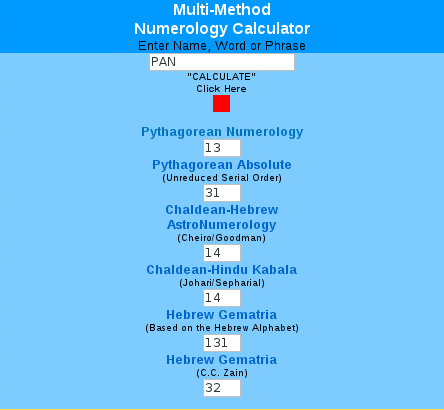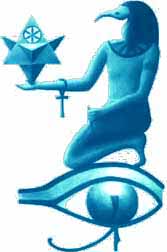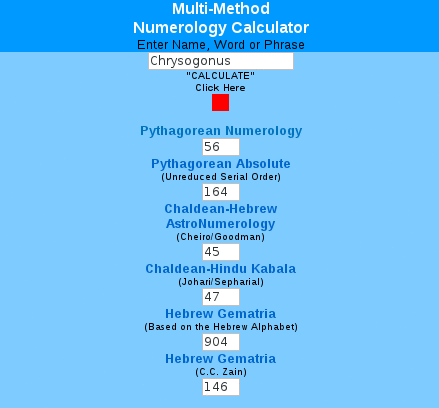Brazilian mediums shed light on brain activity during a trance state


November 16, 2012 in Neuroscience
Researchers at Thomas Jefferson University and the University of Sao Paulo in Brazil analyzed the cerebral blood flow (CBF) of Brazilian mediums during the practice of psychography, described as a form of writing whereby a deceased person or spirit is believed to write through the medium's hand. The new research revealed intriguing findings of decreased brain activity during mediumistic dissociative state which generated complex written content. Their findings will appear in the November 16th edition of the online journal PLOS ONE.
Researchers at Thomas Jefferson University and the University of Sao Paulo in Brazil analyzed the cerebral blood flow (CBF) of Brazilian mediums during the practice of psychography, described as a form of writing whereby a deceased person or spirit is believed to write through the medium's hand. The new research revealed intriguing findings of decreased brain activity during mediumistic dissociative state which generated complex written content. Their findings will appear in the November 16th edition of the online journal PLOS ONE.
The researchers found that the experienced psychographers showed lower levels of activity in the left hippocampus (limbic system), right superior temporal gyrus, and the frontal lobe regions of the left anterior cingulate and right precentral gyrus during psychography compared to their normal (non-trance) writing. The frontal lobe areas are associated with reasoning, planning, generating language, movement, and problem solving, perhaps reflecting an absence of focus, self-awareness and consciousness during psychography, the researchers hypothesize.
The writing samples produced were also analyzed and it was found that the complexity scores for the psychographed content were higher than those for the control writing across the board. In particular, the more experienced mediums showed higher complexity scores, which typically would require more activity in the frontal and temporal lobes, but this was not the case. Content produced during psychographies involved ethical principles, the importance of spirituality, and bringing together science and spirituality.



 We don't need another person telling us what to do and how to do it. We want that, yes, because we're used to it. Someone who can take responsibility for us and tell us where to go and how to do things. Time to grow up, and we should have done that by now. No more watching TV in the parent's basement, farting in the couch and sleeping all day. Change come from within in our days.
We don't need another person telling us what to do and how to do it. We want that, yes, because we're used to it. Someone who can take responsibility for us and tell us where to go and how to do things. Time to grow up, and we should have done that by now. No more watching TV in the parent's basement, farting in the couch and sleeping all day. Change come from within in our days.




 ......
...... 








 Suddenly I understand. Thanks MonsieurM!
Suddenly I understand. Thanks MonsieurM!  The place where I took the pictures I just showed in this thread, I have among other resonating things had some unusual experiences together with the star Capella, 'the little female goat' or Hircus in latin, which means goat.
The place where I took the pictures I just showed in this thread, I have among other resonating things had some unusual experiences together with the star Capella, 'the little female goat' or Hircus in latin, which means goat. 

 I'll try to find some directions.
I'll try to find some directions.




 ) ) ..... I would have laughed at his face
) ) ..... I would have laughed at his face 








Comment